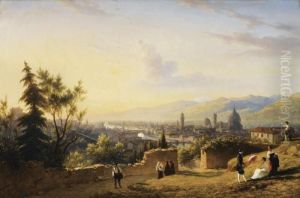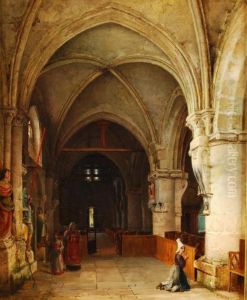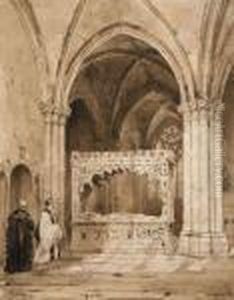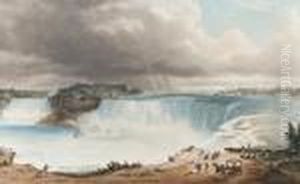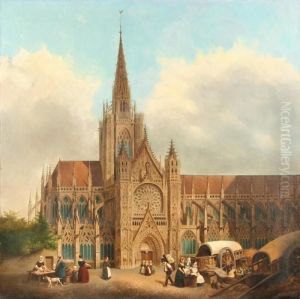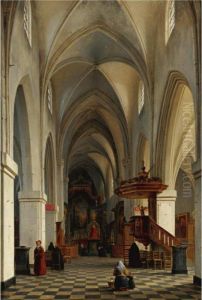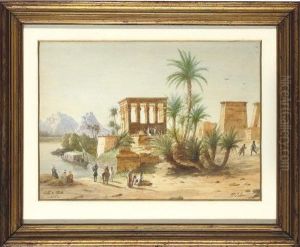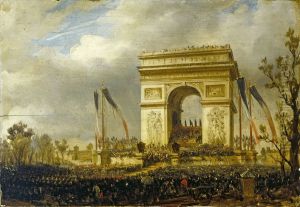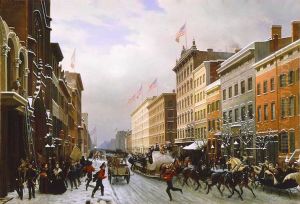Hippolyte Sebron Paintings
Hippolyte Sebron was a French painter born on April 21, 1801, in Caen, France. His full name is Jean-Louis-Hippolyte Sebron, and he initially trained as an architect before turning his focus to painting. Sebron's artistic journey began under the guidance of notable French painter Antoine-Jean Gros, who is best known for his historical and neoclassical themes. Under Gros's tutelage, Sebron honed his skills and developed a penchant for detailed and atmospheric scenes, which later became a hallmark of his work.
Sebron's career took a significant turn when he moved to the United States in the early 1840s. During his time in America, he captured the burgeoning landscapes and cityscapes of the New World, most notably the rapidly growing city of New York. His works from this period are characterized by their meticulous detail and vibrant portrayal of urban life, making them valuable records of the era's architectural and societal developments. One of his most famous paintings from this time is a depiction of Niagara Falls, showcasing his ability to capture the grandeur and power of natural landscapes.
In 1851, Sebron traveled to England, where he was influenced by the Industrial Revolution's impact on the landscape and society. This period marked a shift in his work towards more industrial and technological themes, including paintings of factories and machinery, which were innovative subjects at the time.
Sebron returned to France in the later years of his career, where he continued to paint and exhibit his works. He was recognized for his contributions to the arts and was awarded several honors by the French government. His paintings are now held in collections around the world, including in the United States, where his early works provide a unique glimpse into the country's 19th-century urban and natural landscapes.
Hippolyte Sebron passed away on October 3, 1879, in Paris, France. His legacy as a painter lies in his diverse subject matter, ranging from vibrant cityscapes and industrial scenes to dramatic natural landscapes. His ability to adapt and find inspiration in his surroundings, whether in the bustling cities of America or the industrial heartlands of England, demonstrates his versatility and keen observational skills, making him a noteworthy figure in the panorama of 19th-century art.
